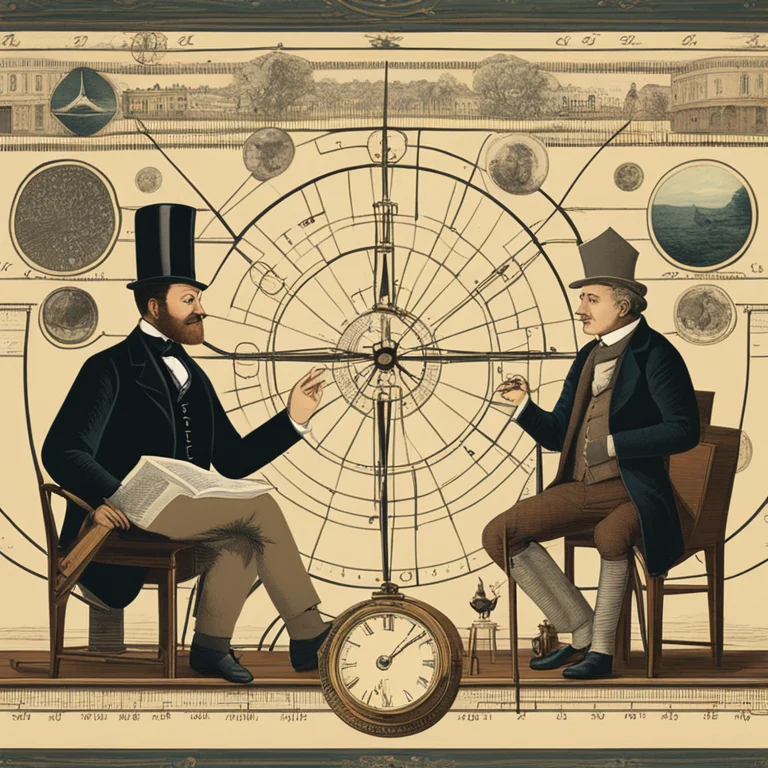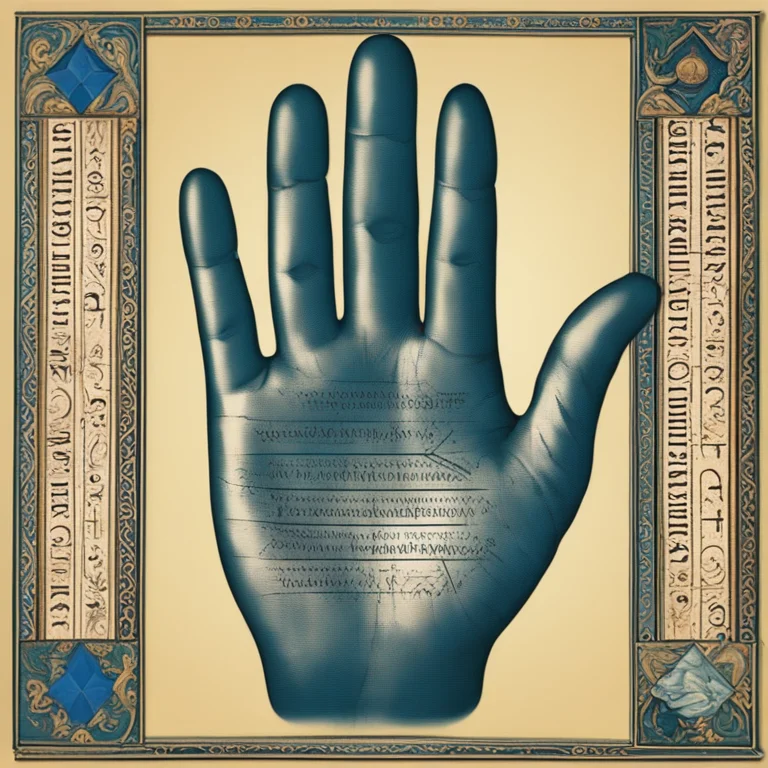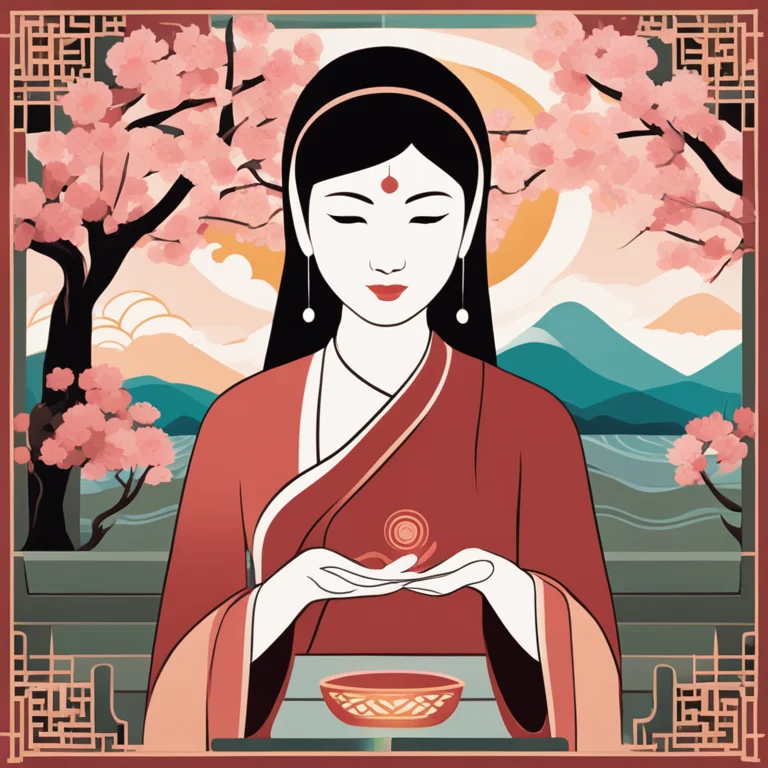
The Origins of Palmistry: A Historical Glance
Delve into the rich history of palmistry, from its ancient inception to its modern usage. Discover the origins of this mystic art.
article by Nora Pennington
The Ancient Beginnings
Palmistry, or chiromancy, has captivated human intrigue for thousands of years. Woven into the very fabric of various cultures, it's thought to have originated in India. Inspired by Hindu astrology and the ancient scriptures known as the Vedas, palmistry was later adopted by the Roma people—often misconceived as 'Gypsies'—who disseminated its practices across Europe. From cosmic positioning to the lines on the hand, every aspect was believed to reveal facets of the individual's life and traits.

Spread to the West
By the time of the Middle Ages, palmistry reached the West, where it faced immense opposition during the advent of Christianity, being deemed a practice of paganism. However, its practice resurged during the Renaissance, a period eager for the rediscovery of mystical and classical knowledge. The humanistic push for personal insight and the study of the self granted palmistry a new standing among scholars and the public alike, enabling it to become an accepted form of self-understanding and prophecy.

Scientific Scrutiny and Revival
The nineteenth century ushered in an era of scientific scrutiny. Palmistry, like other esoteric practices, was subjected to skepticism as rationalism gained momentum. During this time, however, figures like Captain Casimir Stanislas D'Arpentigny and William John Warner, also known as Cheiro, cemented palmistry's reputation in the modern world. These pioneers wrote extensive texts on the subject, anchoring palmistry's practice with systematic approaches akin to those of personality psychology.

Palmistry in Eastern Traditions
Palmistry is deeply rooted in the cultural tapestry of China and Tibet, connected closely with Buddhism. The mystique art was utilized not only for divination but also for medical diagnoses. In Japan, the tradition of palm reading is known as 'Tenasan,' still holding a significant spot in their culture. Eastern palmistry tends to emphasize the reading of the wrist pulse alongside the lines of the hand, reflecting the importance of the individual's energy or life force, thus offering a holistic interpretation.
Contemporary Palmistry
Today, palmistry is practiced worldwide and continues to evolve with cross-cultural influences. It's no longer solely an occult tradition; it's been embraced by the new-age community and entrepreneurs alike, linking it with self-help and personal development practices. Digital platforms and software now offer palmistry services, signaling a shift that merges ancient wisdom with modern technological accessibility. Despite its prolific presence in our digital age, the essence of palmistry remains tied to its mystical and personal roots.
Published: 1/11/2024
Modified: 1/12/2024
More predictions
Come back here soon to learn more about yourself and your future


Guide to Palm Reading: Lines and Interpretations
Discover the ancient art of palmistry with our concise guide to reading palms and understanding their meaning for life and personality insights.


The Secrets of Palmistry: Interpreting Hand Reading Lines
Delve into the fascinating world of palmistry and discover what your hand reading lines reveal about your destiny, personality, and future.


Jupiter Mount & Palmistry:Exploring The Significance
Delve into the secrets of the Jupiter mount on your palm and discover how it reflects your leadership and ambition.